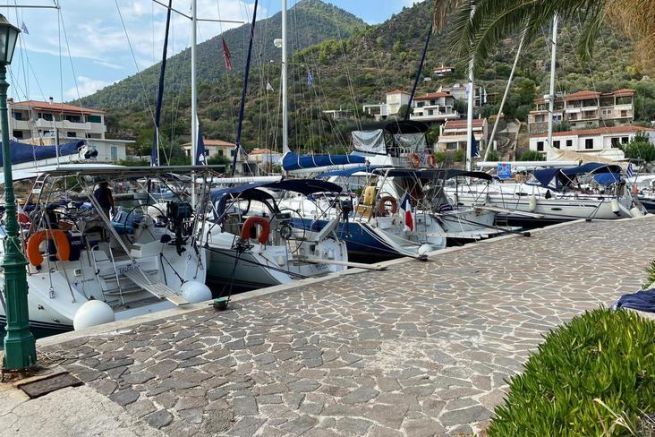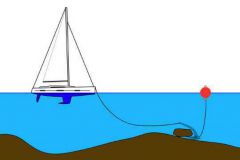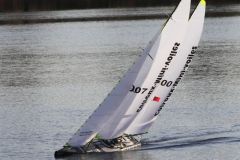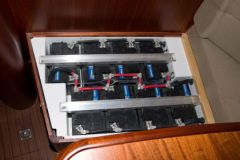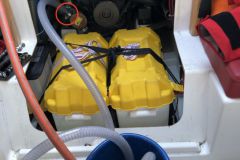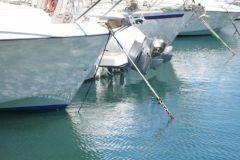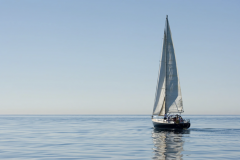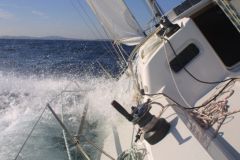During the holidays, every sailor has already had the surprise of seeing beginners having difficulty mooring their boat. In Greece where there are many rental boats and few marinas. Also it is quite common to see boats that pose a real threat when they try to moor "dead end". Personally, I don't leave my boat in confidence until my starboard and port neighbour is moored.
If you follow a few tips, this manoeuvre will be much better and the captain will no longer be afraid of putting his boat upside down without terrorising his crew.
Of course, if the manoeuvre goes well, the harbour neighbours will be ready to help you, rather than shouting unnecessarily loudly what to do.
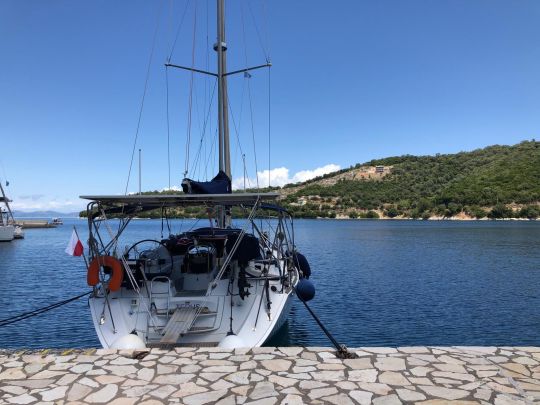
1 - Preparation of the boat
Before starting the manoeuvre, put large fenders on the transom to cushion contact with the dock if necessary (you can never be too careful). Don't forget the fenders on the port and starboard sides of your boat. If you have a dinghy in the water, bring it up on deck. You can anticipate and start the bow thruster, but this is not essential (as we will see later). Finally, prepare two mooring lines at the stern to cast off to people who could help you on the dock.
2 - The anchor
It's a key element in the case of the ass-lift at the dock. It will provide a point of attachment in front of the boat preventing it from hitting the dock. Feel free to start dropping anchor a minimum of 40 metres from the dock. In order to get the anchor to the bottom quickly, start hanging it 2 or 3 meters from the bottom so that it will quickly settle where you want it to once the skipper decides to move backwards.
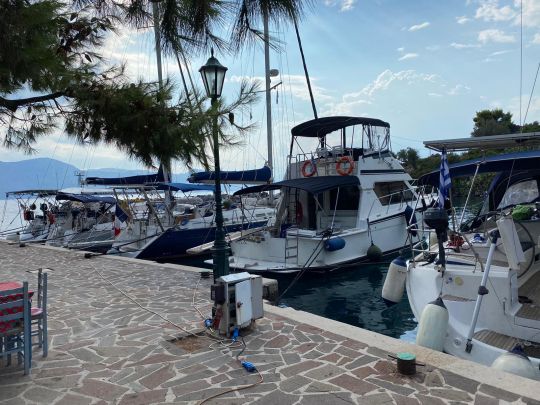
3 - Back to the platform
Here, it is important to anchor well in front of where you have chosen to dock. Once the anchor has been dropped to the bottom, begin to retreat while continuing to let go of the chain. Ideally, one person should be assigned to this task. The skipper begins to move backwards, keeping his hand on the neutral marker on the helm (right-hand helm). At first the boat will not respond to the helm, but once it has acquired a certain speed (steer), it can be steered with the rudder. If the boat does not respond well to the rudder, increase the engine speed and then reduce it.
It is important not to interrupt the dropping of the anchor, because if it is interrupted, the boat loses its era and the helm will no longer steer the boat. Once the boat is backing up, the engine speed will need to be adjusted so that it does not go too fast or too slow. If there is a current or strong wind, ferry or not, more engine power will be needed to keep the boat under control. If at this point you find that you are not in control of the boat, do not hesitate to try again.
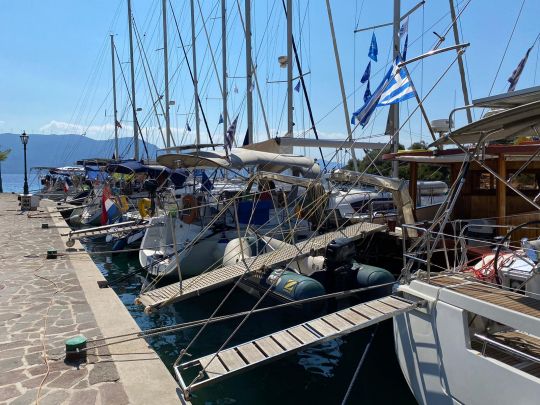
4 - The bow thruster
It's tempting to use the bow thruster to get your boat back on course. But be aware that, with rare exceptions, it has little use for dead-end docking. He's actually turning the ship around its keel. If you push the tip of the boat to starboard with the bow thruster, the stern will shift to port. In addition, the use of the bow thruster diverts the skipper's attention from steering the boat with the rudder.
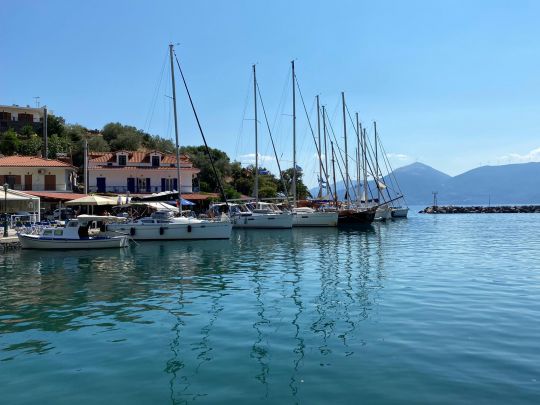
5 - Arrival at the quay
A few meters before the transom reaches the dock slow the boat down and stop anchoring. This will tighten the chain and slow the boat down. If this is not enough, put the boat in forward gear to stop the boat near the dock. In some cases, if you can't get close to the dock you can release some of the chain. Arriving near the dock cast off the mooring lines and secure the boat at a distance adequate for the gangway. To finalize the whole thing, tighten the mooring lines to hook the anchor well to the bottom.
The boat is well moored and it is time to prepare the aperitif after thanking those who helped you get your moorings to the dock.
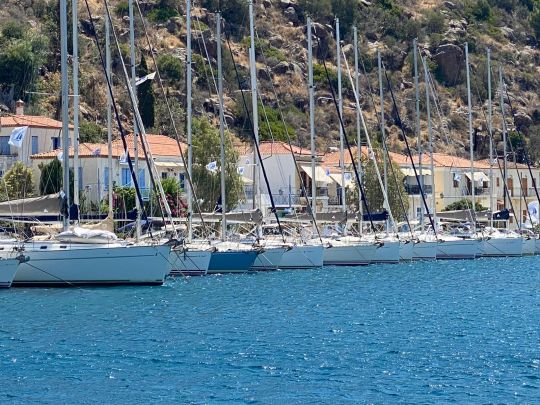
For the departure
Try to pull up your anchor without snagging on the neighbours' anchors. Here it is essential that the anchor chain is always vertical when pulling up by playing with the engine and possibly the bow thruster. The person pulling up the anchor will signal to the skipper to help him to steer the bow. By respecting this rule, you minimize the effort on the windlass and can start your day with peace of mind.
